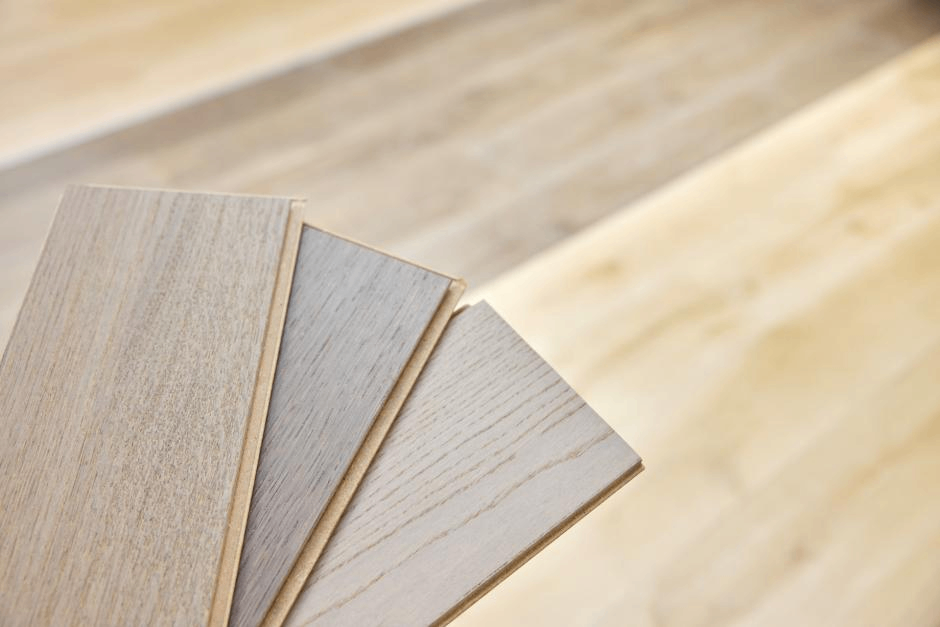Southeast Asian countries are rich in forest resources, and Indonesia is one of the nations with abundant natural resources. Precisely because of such resource advantages, Indonesia has firmly occupied a place in the building board industry, and from the development in recent years, it also shows more potential. So, what specific advantages does this country have in the field of building boards, and which specific products deserve our key attention? Let's take a look together.
Image Source:699pic.com
First and foremost, we cannot fail to mention Indonesia's forest resources. As we all know, the production raw materials for building boards are mostly inseparable from various types of wood. A country's forest resources and main tree species often determine the product profile of its main building boards. Let's examine Indonesia's forest resources: it has vast tropical rainforest within its borders, with a large forest coverage area, which gives it unique advantages in timber resources. Further looking at the tree species in the tropical rainforest, they are mainly from the Dipterocarpaceae family. For example, Borneo Island has a rich distribution of tree species, with approximately more than 300 specific species; in addition to Borneo Island, Sumatra Island also has many other tree species, such as Shorea, Hopea, Anisoptera, etc. As an archipelagic country, Indonesia can be said to have rich natural tree species distributed on its larger islands. Moreover, Indonesia has also developed plantations on Java Island as a further supplement to resources, providing sufficient and high-quality raw materials for its building board industry.
With such abundant raw materials, the types of building board products are bound to be diverse. Indonesia's board products can be categorized into major types: plywood, particleboard, fiberboard, etc. For instance, the familiar plywood is an extremely important and representative category in Indonesia's board products. It is generally composed of thin wood slices or veneers stacked in layers, with resin applied to the surface to effectively prevent water from penetrating into the core and causing decay. The wood species used for plywood in Indonesia are hardwoods, and these species can be sustainably harvested, making them highly suitable as raw materials for building products. Additionally, another material used in plywood production is bamboo. Perhaps surprisingly, bamboo is a relatively common building material in tropical climate regions. Bamboo has natural anti-corrosion and anti-decay properties, making it well-suited for manufacturing building boards. Bamboo plywood is also an environmentally friendly board, as it contains no resin or formaldehyde.
Apart from product-related factors, Indonesia's advantage in the building board market is also inseparable from its relatively low-cost labor resources. Although labor prices in Southeast Asian countries have been gradually rising in recent years, Indonesian labor remains relatively inexpensive in comparison. This has thus made its products more price-competitive.

